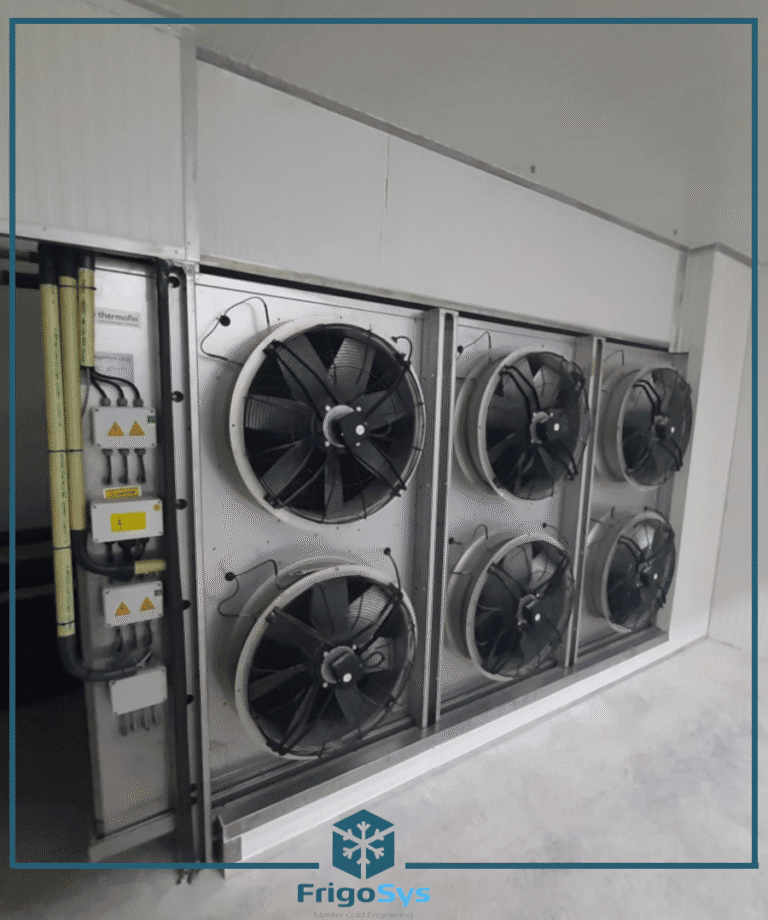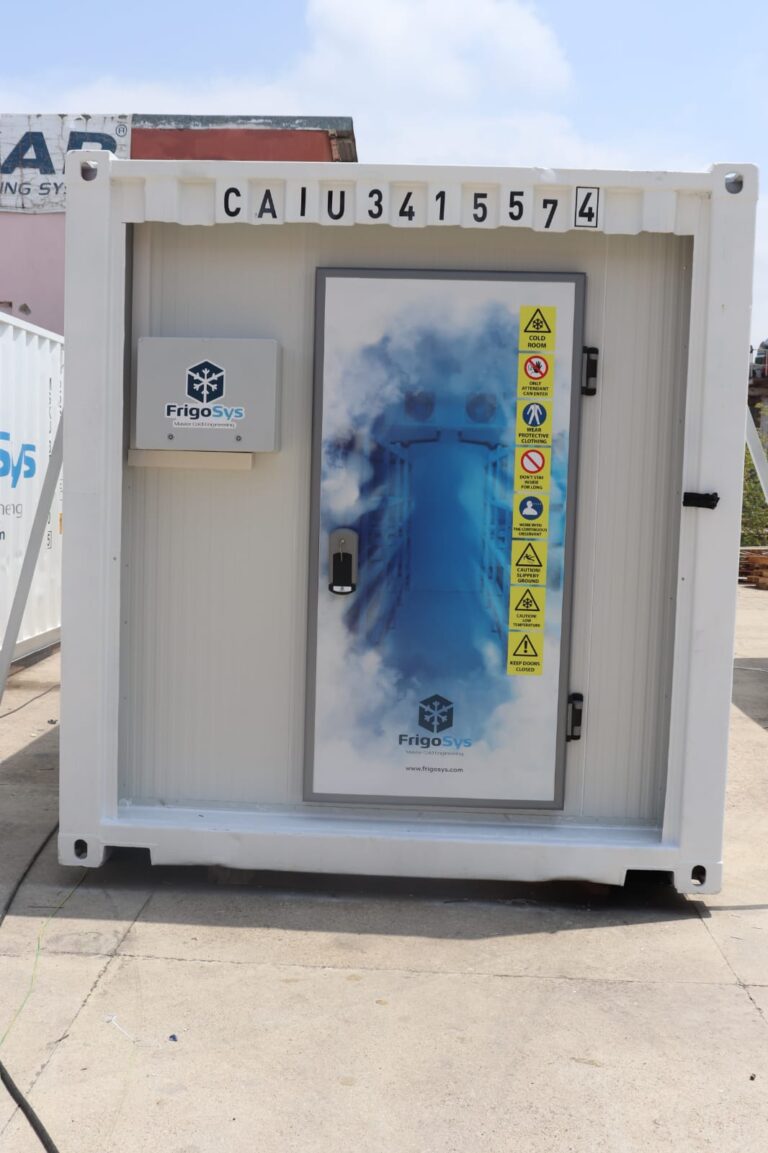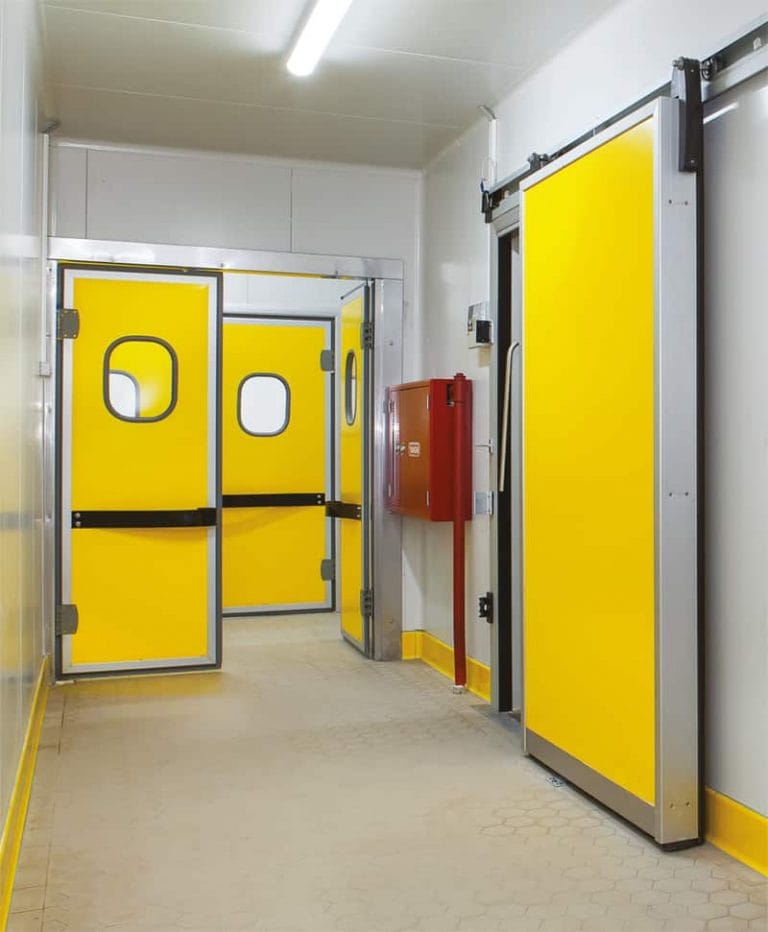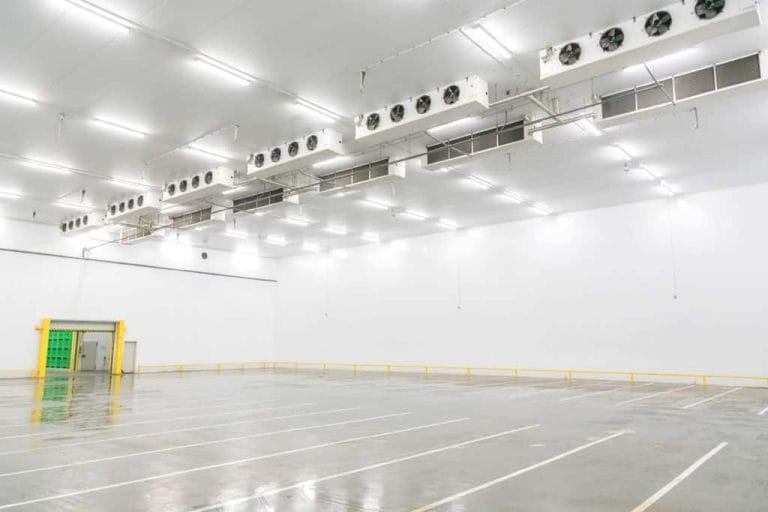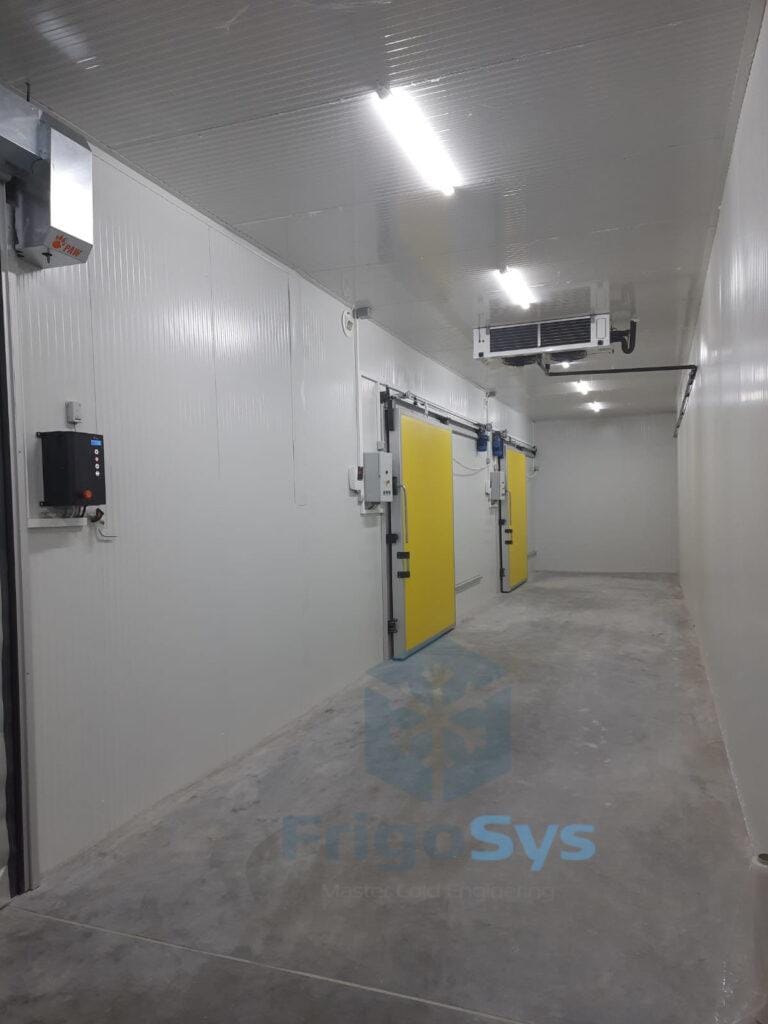Understanding the correct cold storage of meat whether frozen or chilled, is important if you want to produce that is as fresh, delicious, and safe as possible.
Harmful bacteria begin to multiply in raw meat from the moment an animal is slaughtered, making storage an incredibly time-sensitive process. If you want or need to prolong the life of meat as much as possible, it is essential that you follow the correct safe storage procedures.
From optimum storage temperatures for chilled and frozen meat to the most cost-effective ways to store it, this guide will help you get the most out of your product.

- Meat freezing temperature
Freezing should be done quickly in order to preserve the freshness to the maximum extent. This is important to preserve the flavor, content and appearance of the product, as well as to prevent the growth of bad bacteria.
If you work in the food industry, providing the safest and freshest meat should be a priority. That’s why many restaurants and catering businesses invest in quick freezers that can freeze meat quickly and effectively.
At a minimum, the meat should be frozen at -18°C. This temperature is considered the best practice for frozen meat storage and ensures that harmful pathogen growth is inhibited. Keeping raw meat at this temperature when frozen is required by law to protect customers from harmful bacteria and foodborne illness
It is important to note that -18°C is actually the minimum temperature required by regulations, and any meat found to be at temperatures higher than this should not be served.
Along with the health and safety regulations below, a temperature of -18°C allows caterers, cooks, and restaurant owners to store meats safely and effectively for longer periods of time.
- How long can you freeze meats?
The first thing to know when evaluating storage options is that not all meats are created equal and storage times vary. It’s important to remember that the fat and water content, as well as the piece size, will change how long a piece of meat should be stored in a quick freezer.
The specified times are a good indicator of how long regular cuts of meat will stay fresh at -18°C if the processes mentioned in our article are followed correctly.

Beef and lamb have a longer storage period because they are partially composed of saturated fats. However, younger meats, such as beef and pork, spoil much more quickly because they have lower levels of saturated fat.
Meat that is frozen in large pieces has a shorter storage life as the freezing time is longer.
In addition, care should be taken not to over-freeze in the cold storage. Because this can cause slow or irregular freezing of meat, which can expose consumers to foodborne illness.
This information is guidelines only and appropriates safety and quality checks should always be made before the meat is served to customers.
Cold Storage of Meat
Bacteria develop incredibly quickly in raw, unfrozen meat and should therefore be used with great care. The best practice temperature for storing raw meats should be followed meticulously if you want to keep food wastage to a minimum and prevent the threat of illness.
Chilled meat and poultry, which is kept in a refrigerated container, should be stored at a temperature no higher than 4°C to effectively inhibit the growth of dangerous pathogenic bacteria.
Anything warmer than this and you could be seriously risking the health of your customers, so it is never wise to take a chance on improperly stored meat. Much like the frozen storage best practice, this temperature is an absolute minimum and efforts should always be made to keep meats as cold as possible.
Refrigerated containers are the safest and easiest way to store chilled meats in the correct manner. Offering a temperature-controlled environment, you can be certain that your meat meets the standards set out by the government for safe meat storage.
With commercial cold storage, you can ensure that your meat goes above and beyond what is required and offer your customers a safer and more superior tasting product.
- How to safely store meat
Storing meat safely within refrigerated containers and blast freezers is essential if you want to minimize loss from product spoilage and ensure that meat is safe for customers to consume once it reaches its final destination.
The first thing to remember is that you should always be sure to not overfill your cold storage above the recommended weights. This can cause the meat to freeze more slowly, leaving you with produce that is not fit for consumption.
Alongside this, you should also ensure that employees are following the correct safety procedures, such as hand washing and glove-wearing where appropriate. Safe handling practices go some way to make sure that meat is being stored in a safe manner.
When storing chilled raw meat, it’s important to keep it well wrapped and away from other non-meat foods, so that there is no chance of cross-contamination.
If you are storing more than one type of product in a blast freezer or refrigerated container, you must always keep meat produce low down to avoid any drips from leaking packaging.

